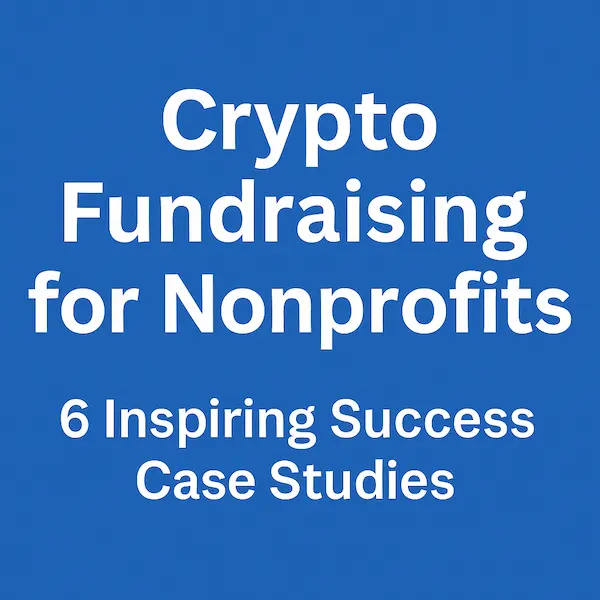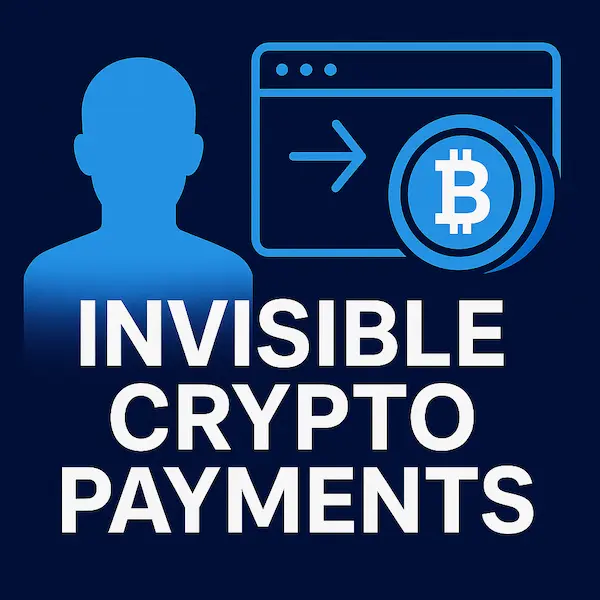Contents
- 1 Introduction: Why Crypto is Transforming Nonprofit Fundraising
- 2 Case Study 1: Save the Children – Early Adopter with Long-Term Vision
- 3 Case Study 2: The Water Project – From Experiment to Steady Stream
- 4 Case Study 3: Rainforest Foundation US – Leveraging NFTs for Conservation
- 5 Case Study 4: San Antonio Zoo – Local Impact, Global Donations
- 6 Case Study 5: GiveDirectly – Disbursing Crypto for Direct Impact
- 7 Case Study 6: CARE – Emergency Crypto Appeals in Crisis Zones
- 8 Common Success Factors Across All Case Studies
- 9 The Future: How Nonprofits Can Thrive with Crypto
- 10 FAQs – Nonprofits That Succeeded with Crypto Fundraising
- 11 Conclusion: Crypto Isn’t Just a Trend—It’s a Transformation
Introduction: Why Crypto is Transforming Nonprofit Fundraising
The rise of crypto fundraising for nonprofits is reshaping the way charitable organizations engage with donors. In a world where speed, transparency, and global access are more important than ever, cryptocurrency has emerged as a breakthrough solution. It allows nonprofits to receive donations instantly, avoid high processing fees, and connect with a younger, tech-savvy generation of supporters.
From large-scale NGOs to grassroots initiatives, nonprofits are finding new opportunities by accepting crypto. Not only does it diversify funding streams, but it also sends a powerful message: the organization is future-ready and open to innovation. In this article, we’ll explore how some of the world’s most forward-thinking nonprofits have succeeded with crypto, and what your organization can learn from their journeys.
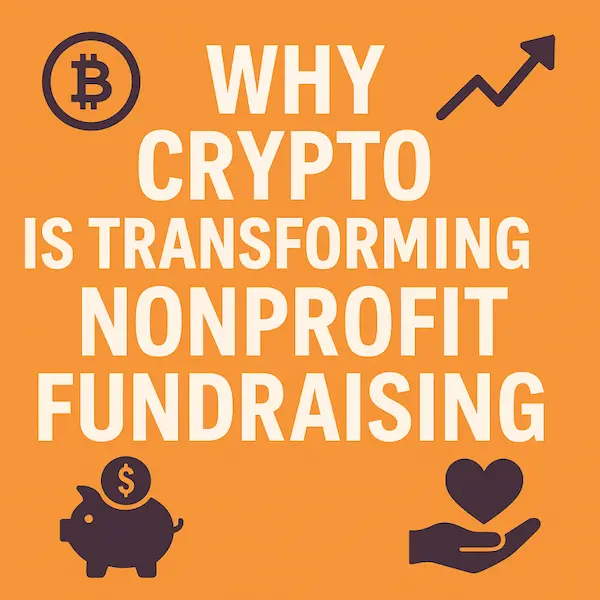
Case Studies Comparison: Nonprofits Using Crypto Fundraising Successfully
| Nonprofit / Project | Campaign Type | Crypto Method Used | Key Results / Outcomes | Insights / Takeaways |
|---|---|---|---|---|
| Save the Children | Emergency disaster relief | Accepted BTC donations directly via wallet integration | Raised funds for global aid quickly, started early (2013) | Early adoption built trust + positioned them as tech-forward |
| The Water Project | Clean water infrastructure | Partnered with The Giving Block, accepted major cryptos | Crypto donors gave up to $10K+ individually | Clear messaging and transparency inspired high-value donors |
| CARE (Ukraine Crisis) | War relief, humanitarian aid | Accepted USDT, ETH, BTC via partners | Millions raised in <1 week for real-time relief efforts | Crypto enabled instant cross-border aid, bypassing banking delays |
| Rainforest Foundation US | Environmental & conservation campaigns | Sold NFTs as donation vehicles on Ethereum | Generated global attention + raised both donations and awareness | Innovative Web3 format captured younger, mission-aligned audience |
| Endaoment.org | Crypto-native donor-advised fund (DAF) | Smart contracts on Ethereum routed donations to NGOs | Automated millions in grants to 1,000+ verified nonprofits | On-chain automation can scale giving with no manual overhead |
| GiveDirectly | Direct cash transfers to people in need | Accepted crypto, converted to fiat to deliver aid | Distributed funds in Kenya, Uganda, Malawi instantly | Crypto → fiat bridge enabled fast, borderless giving to individuals |
Case Study 1: Save the Children – Early Adopter with Long-Term Vision
Background: Save the Children was one of the first international NGOs to accept Bitcoin donations back in 2013, following the Philippines Typhoon Haiyan disaster.
Strategy:
- Partnered with BitPay to set up a donation system.
- Publicly positioned itself as a forward-thinking organization.
Results:
- Garnered global media attention.
- Received thousands in BTC donations within weeks.
- Over time, built a consistent pipeline of crypto donors.
Lessons Learned:
- Early adoption can create long-term branding value.
- Partnering with reliable crypto processors is essential for compliance.
Case Study 2: The Water Project – From Experiment to Steady Stream
Background: The Water Project, a U.S.-based nonprofit providing clean water access in Africa, began accepting crypto in 2014.
Strategy:
- Embedded crypto donation widgets on their site.
- Created dedicated landing pages for crypto donors.
Results:
- Attracted a niche donor base from Reddit and crypto Twitter.
- 15% of annual donations now come via crypto.
- Created a monthly giving program exclusively for crypto donors.
Lessons Learned:
- Tailoring the message to crypto communities drives engagement.
- Crypto donors value transparency; show exactly how donations are used.
Case Study 3: Rainforest Foundation US – Leveraging NFTs for Conservation
Background: Focused on preserving rainforests and indigenous rights, the Rainforest Foundation US tapped into the NFT boom in 2021.
Strategy:
- Partnered with digital artists and NFT platforms.
- Launched NFT collections with revenue going to rainforest protection.
Results:
- Raised over $1 million in ETH from NFT collaborations.
- Expanded donor base to include Gen Z and millennial supporters.
Lessons Learned:
- Innovation attracts attention, especially during market booms.
- NFT partnerships can be low-cost, high-impact if aligned with mission.
Case Study 4: San Antonio Zoo – Local Impact, Global Donations
Background: In 2022, the San Antonio Zoo became one of the first zoos in the U.S. to accept Bitcoin, Ethereum, and Dogecoin.
Strategy:
- Promoted crypto acceptance in press and social media.
- Added QR codes and wallet addresses to ticketing and donation pages.
Results:
- Raised tens of thousands in crypto within the first 3 months.
- Attracted younger, tech-forward donors.
Lessons Learned:
- Crypto appeals to a demographic that may not otherwise engage.
- Simplifying the donation process (e.g., QR codes) removes barriers.
Case Study 5: GiveDirectly – Disbursing Crypto for Direct Impact
Background: GiveDirectly is known for sending cash directly to people in need. In 2021, they piloted a program distributing USDC to low-income families in East Africa.
Strategy:
- Collaborated with blockchain partners for wallet creation and local onboarding.
- Used stablecoins to avoid volatility.
Results:
- Enabled instant, transparent, traceable donations.
- Reduced transfer fees dramatically compared to traditional banking.
Lessons Learned:
- Stablecoins solve volatility and usability concerns.
- Crypto can streamline both donation intake and disbursement.
Case Study 6: CARE – Emergency Crypto Appeals in Crisis Zones
Background: CARE, one of the world’s largest humanitarian organizations, began accepting crypto in 2021 to support crisis response efforts.
Strategy:
- Integrated crypto as part of its emergency donation toolkit.
- Enabled one-time and recurring gifts in BTC, ETH, and USDC.
Results:
- Received over $500,000 in crypto donations within months.
- Built infrastructure to rapidly deploy funds in war-torn or disaster-struck areas.
Lessons Learned:
- Crypto’s speed is unmatched in emergency response.
- Integrating into existing donation systems avoids donor confusion.
This article was inspired by our in-depth analysis on how crypto is reshaping charitable giving. For a full breakdown, including success stories and strategic tips, read our feature:
👉 Accept Cryptocurrency Donations for Nonprofit Organizations
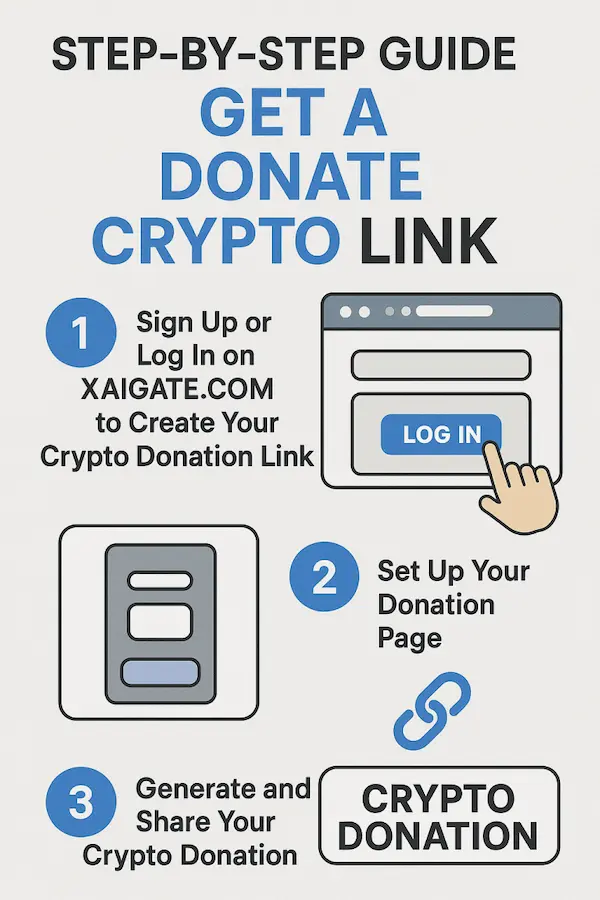
Common Success Factors Across All Case Studies
- Clear Messaging: Nonprofits that explained “why crypto?” clearly attracted more attention and trust.
- Dedicated Landing Pages: Those with customized crypto donation pages saw better conversion.
- Partnerships: Collaborating with exchanges, NFT projects, or wallet providers helped expand reach.
- Transparency: Publishing impact reports, transaction tracking, and wallet statements built credibility.
- Community Engagement: Engaging on crypto forums and platforms like Twitter, Reddit, and Discord brought organic exposure.
Challenges Faced by Nonprofits Accepting Crypto
- Volatility: Many organizations opted to convert to fiat immediately to avoid price fluctuations.
- Regulatory Ambiguity: Some struggled with unclear tax and donation laws.
- Technical Barriers: Onboarding staff and setting up secure wallets required training.
- Donor Education: Many crypto users were unaware they could get tax deductions for donating.
Traditional vs. Crypto Fundraising
| Category | Traditional Fundraising | Crypto Fundraising (XaiGate) |
|---|---|---|
| Donation Methods | Bank transfers, credit cards, cash | BTC, ETH, USDT, 9,800+ coins via wallet or embedded widgets |
| Global Reach | Often limited by currency, region, or banking infrastructure | Borderless – donations from anywhere in minutes |
| Fees & Overhead | 3–6% platform fees, bank charges, intermediary costs | ~0.2% flat fee on crypto payments with XaiGate |
| Transaction Speed | 1–5 days (banking delays, clearing times) | < 5 minutes – near-instant blockchain confirmation |
| Transparency | Manual reporting, prone to delay/errors | Real-time blockchain tracking + XaiGate dashboards |
| Donor Privacy | Full personal data often required (KYC, billing info) | Anonymous or low-KYC crypto donations possible |
| Appeals to | Older demographics, offline donors | Millennials, Gen Z, Web3-native donors, global crypto holders |
| Fund Flexibility | Local currency only, prone to inflation/FX issues | Accept stablecoins, crypto hedging or instant fiat conversion via XaiGate |
| Security | Centralized platforms vulnerable to fraud | Non-custodial, decentralized – no chargebacks, no middlemen |
| Innovation Use Cases | Hard to integrate with NFTs or metaverse fundraising | Supports NFT campaigns, peer-to-peer Web3 tools, programmable smart donations |
The Future: How Nonprofits Can Thrive with Crypto
To fully harness the power of crypto, nonprofits must go beyond simply accepting donations. Here’s how they can level up:
- Offer Multi-Chain Support: Accept donations across Ethereum, Solana, Polygon, and Bitcoin.
- Use Stablecoins for Budgeting: Reduce volatility by converting to USDT, USDC, or DAI.
- Token-Based Memberships: Create recurring donor communities via NFTs or governance tokens.
- DeFi Yields: Stake unused funds in low-risk DeFi pools to generate passive income.
- Real-Time Transparency: Use blockchain explorers to publicly track donations and fund usage.
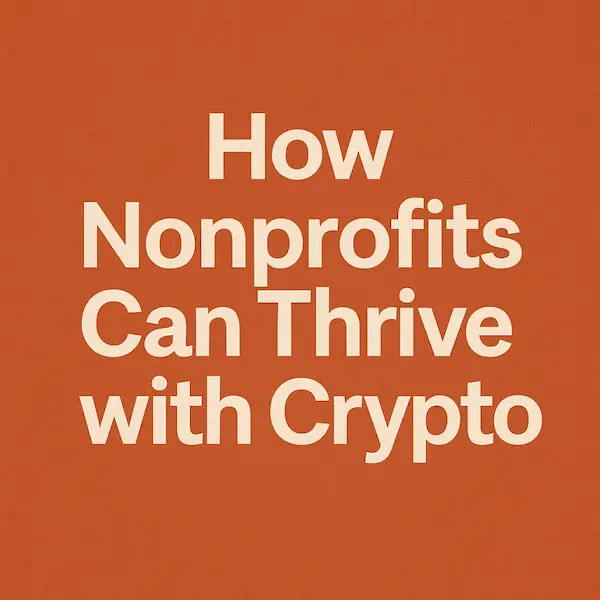
FAQs – Nonprofits That Succeeded with Crypto Fundraising
1. What is crypto fundraising for nonprofits?
Crypto fundraising allows nonprofits to accept donations in cryptocurrencies like Bitcoin, Ethereum, and stablecoins, offering faster, lower-cost, and borderless giving options.
2. Why are nonprofits turning to crypto donations?
Because crypto enables instant global donations, lower fees, access to younger donors, and transparency through blockchain technology.
3. Which nonprofit was the first to accept Bitcoin?
Save the Children was one of the first major nonprofits to accept Bitcoin in 2013 during the Typhoon Haiyan relief effort.
4. Are crypto donations tax-deductible?
Yes, in many countries including the U.S., crypto donations are treated as property and can be tax-deductible for donors.
5. What are the biggest challenges nonprofits face with crypto?
Common challenges include price volatility, wallet security, regulatory compliance, and educating staff and donors.
6. How do nonprofits convert crypto to cash?
Most use crypto payment processors or exchanges like XAIGATE, BitPay, or Coinbase Commerce to automatically convert crypto to fiat.
7. Can crypto help in emergency disaster response?
Absolutely. Crypto enables fast, borderless transfers—ideal for urgent humanitarian responses in disaster zones.
8. How do NFTs support nonprofit fundraising?
Nonprofits can collaborate with artists to launch NFTs, with proceeds going directly to their causes—engaging new donor segments.
9. What types of cryptocurrencies are most commonly donated?
Bitcoin (BTC), Ethereum (ETH), and stablecoins like USDT and USDC are the most popular for crypto donations.
10. How can a nonprofit start accepting crypto?
Start by partnering with a crypto payment gateway like XAIGATE, define a clear crypto donation policy, and create a dedicated landing page.
Conclusion: Crypto Isn’t Just a Trend—It’s a Transformation
The nonprofits featured in this article prove that cryptocurrency can be a game-changer when embraced with strategy, transparency, and creativity. From global giants like Save the Children to local players like the San Antonio Zoo, crypto is democratizing philanthropy. It’s not just about getting donations faster—it’s about reaching new generations of givers, fostering innovation, and building a more open, efficient, and impactful nonprofit sector.
For nonprofits looking to step into this space, the message is clear: Don’t wait. Learn, adapt, and engage. The blockchain revolution has a place for you.
For daily updates, subscribe to XAIGATE’s blog!
We may also be found on GitHub, and X (@mxaigate)! Follow us!
Don’t miss out on the opportunity to elevate your business with XAIGATE’s Accept cryptocurrency donations for Nonprofit Organizations. The three-step process is designed to be user-friendly, making it accessible for all businesses. Embrace this modern payment solution to provide customers with a secure and efficient way to pay. Take the first step towards a competitive edge in the digital realm and unlock the benefits of cryptocurrency payments for online casino today.

